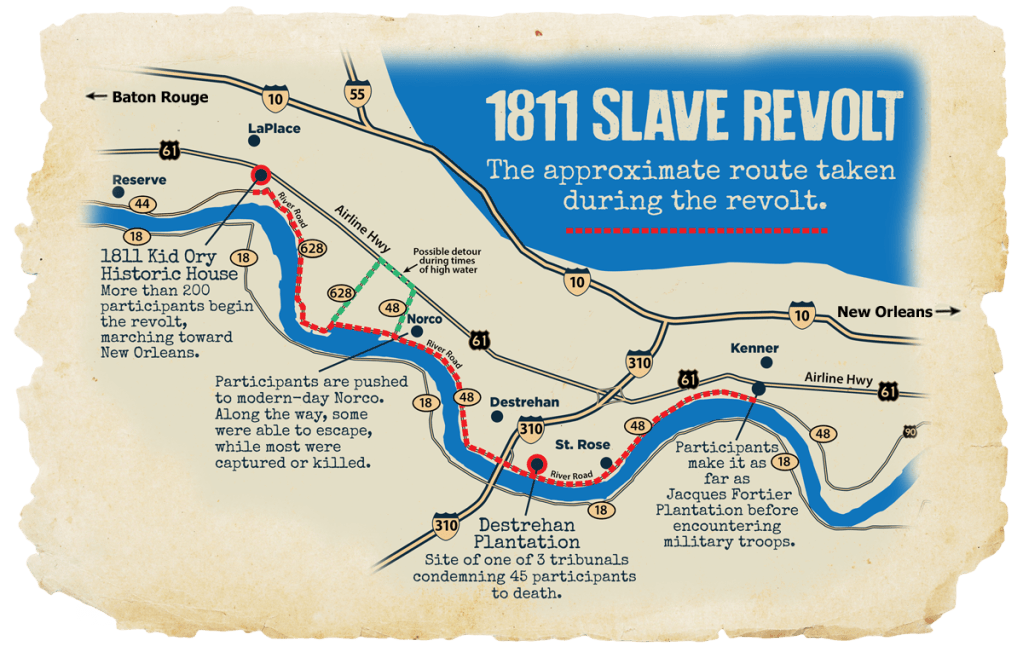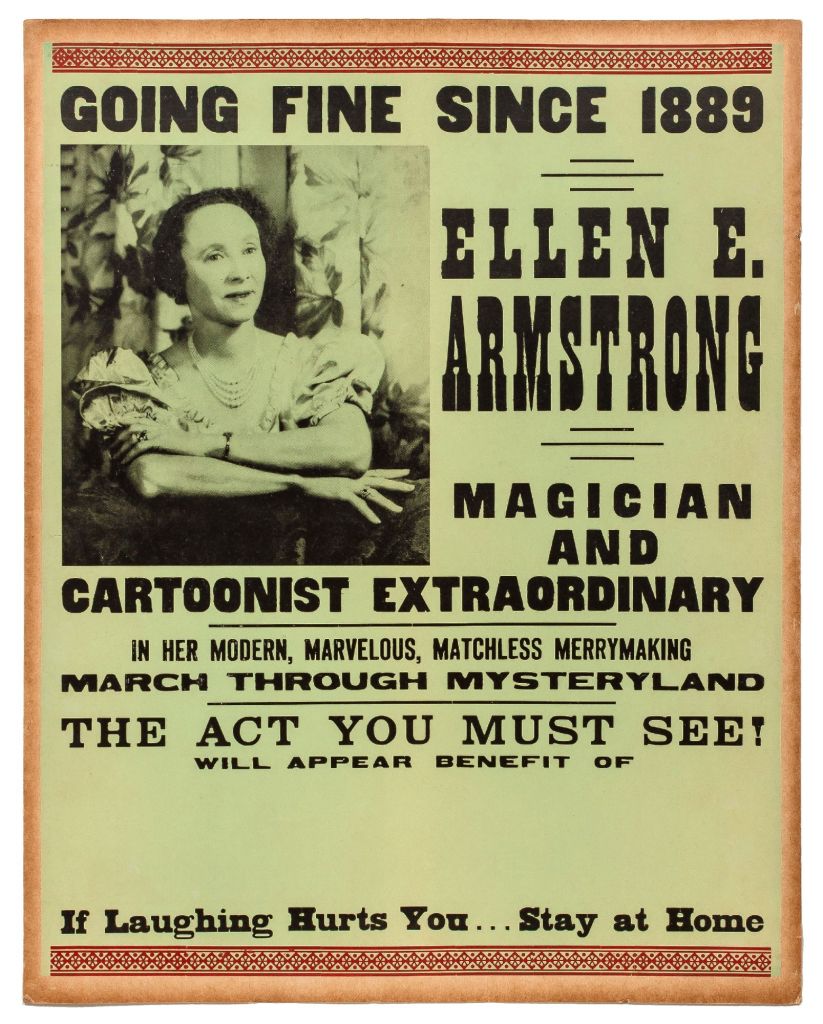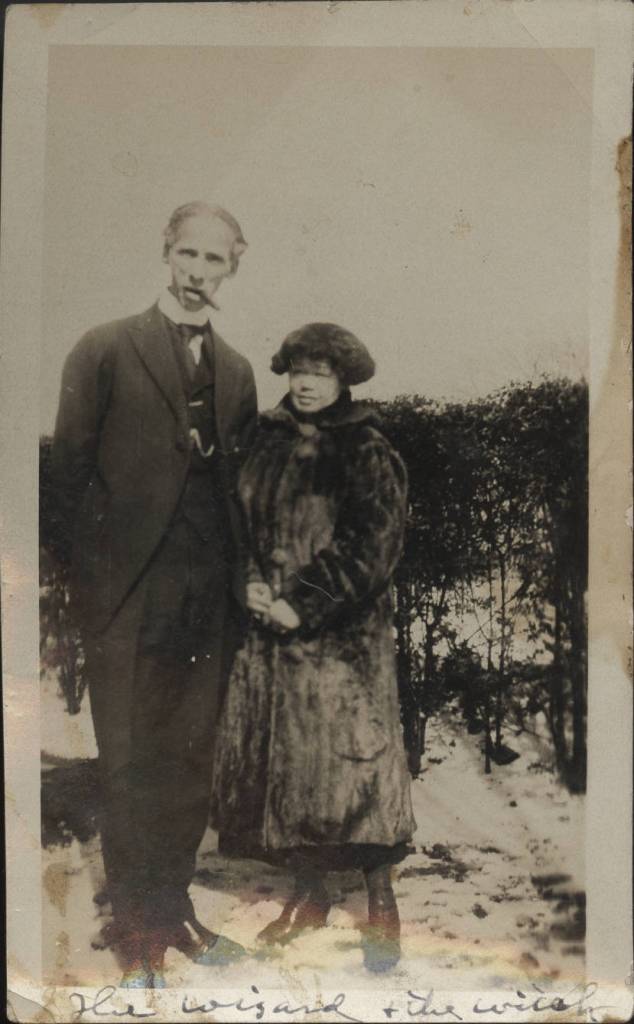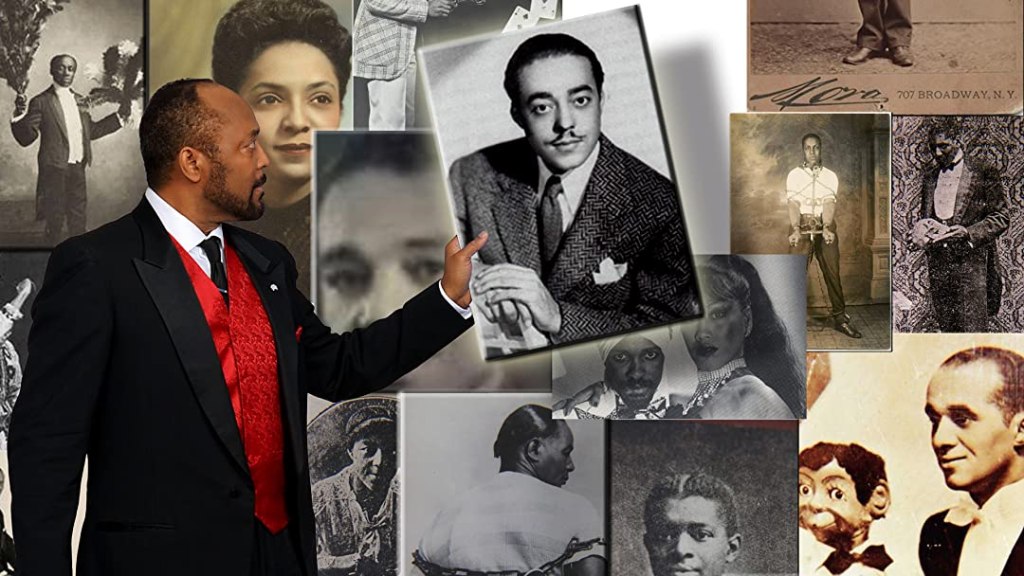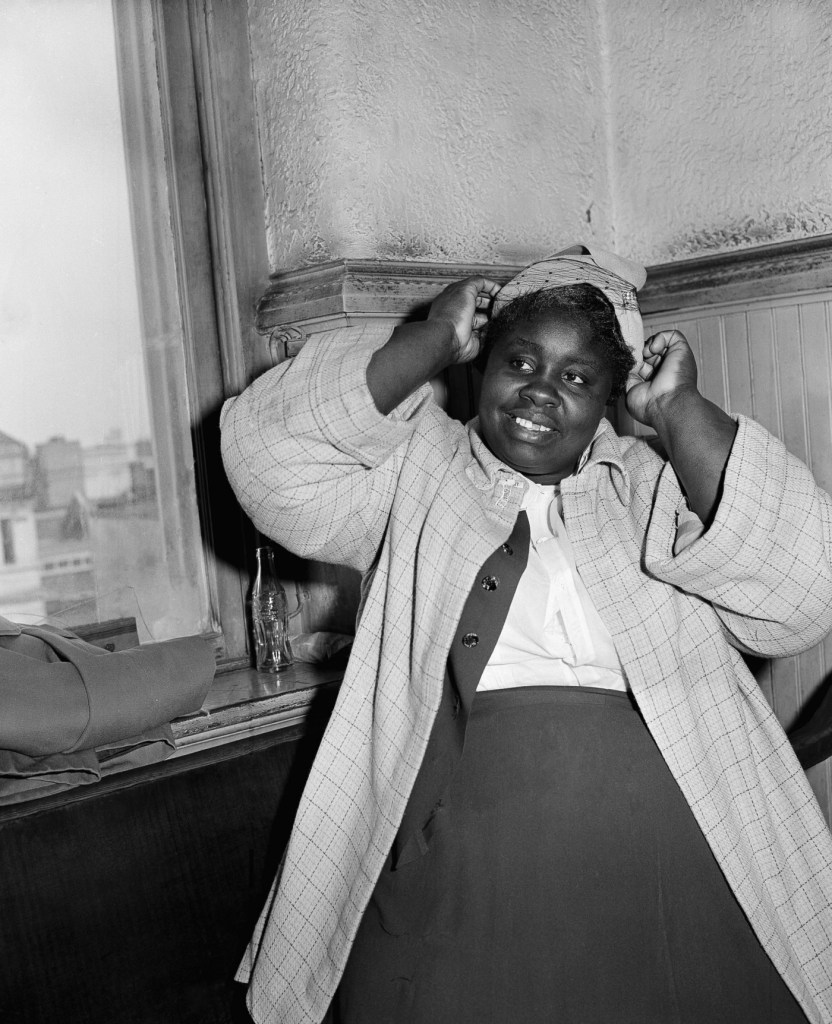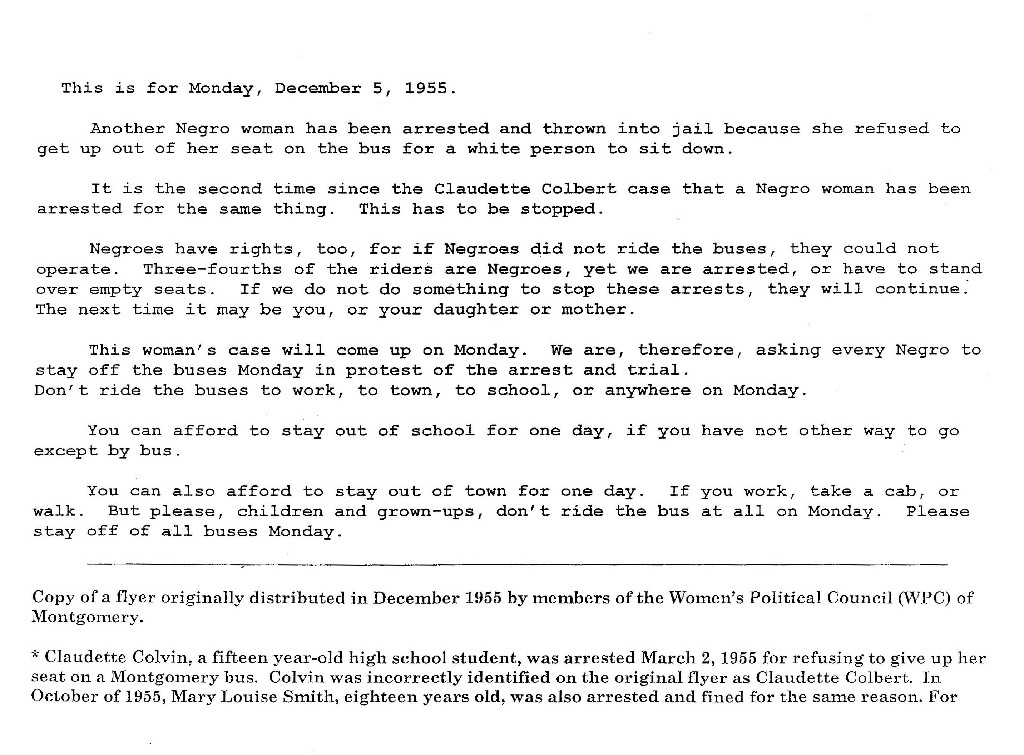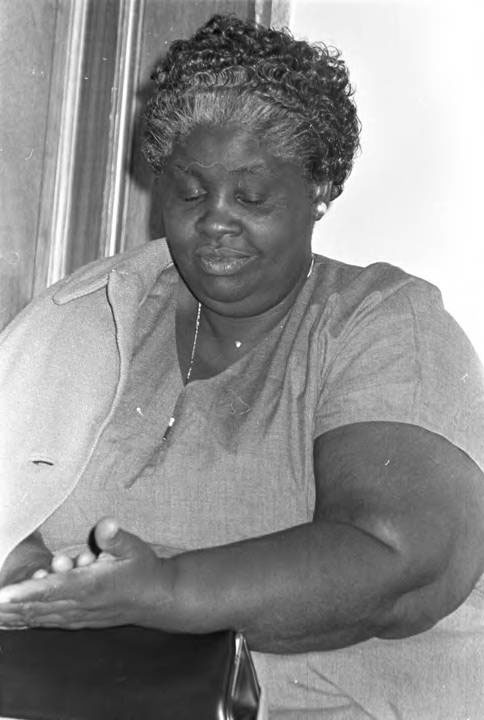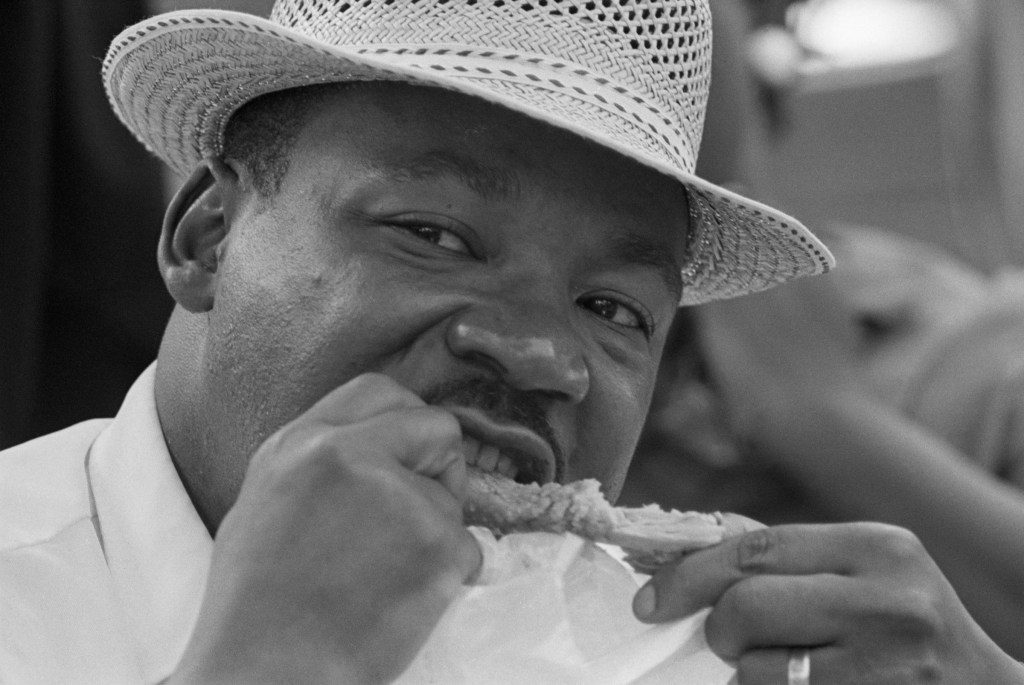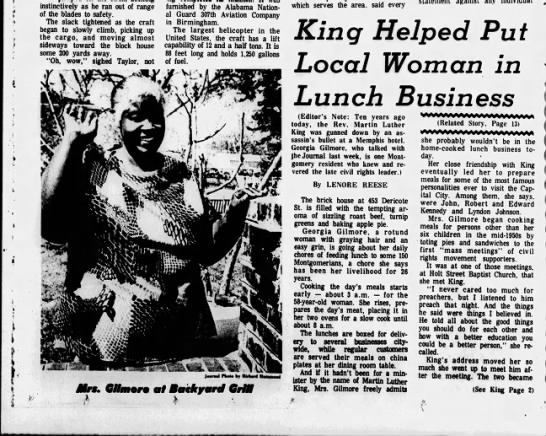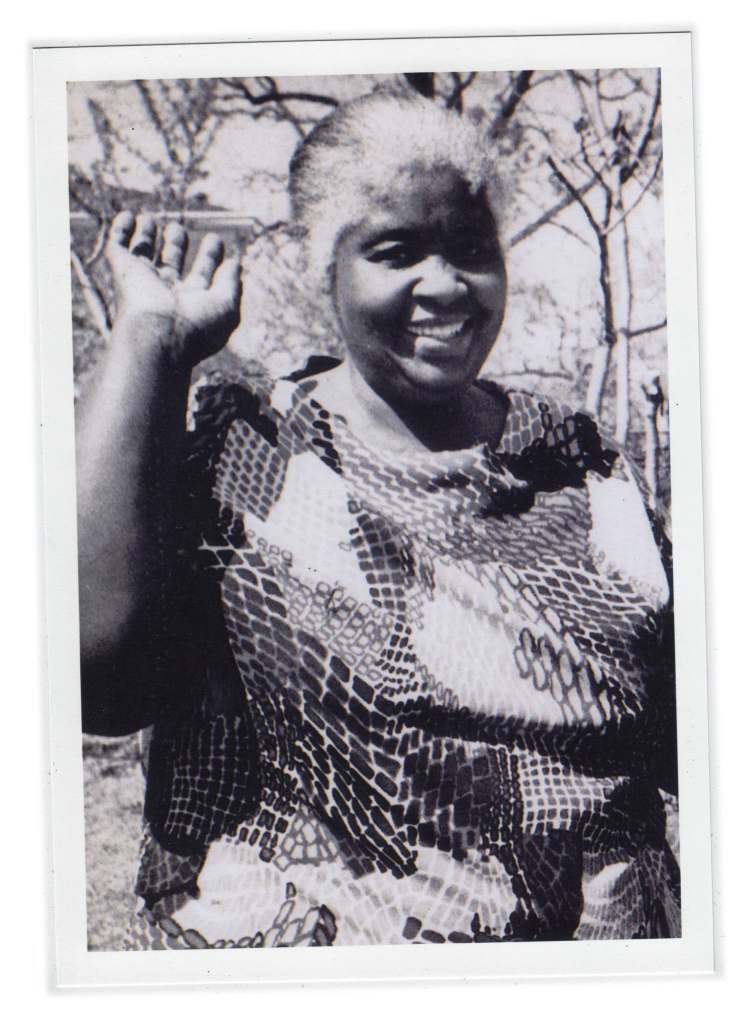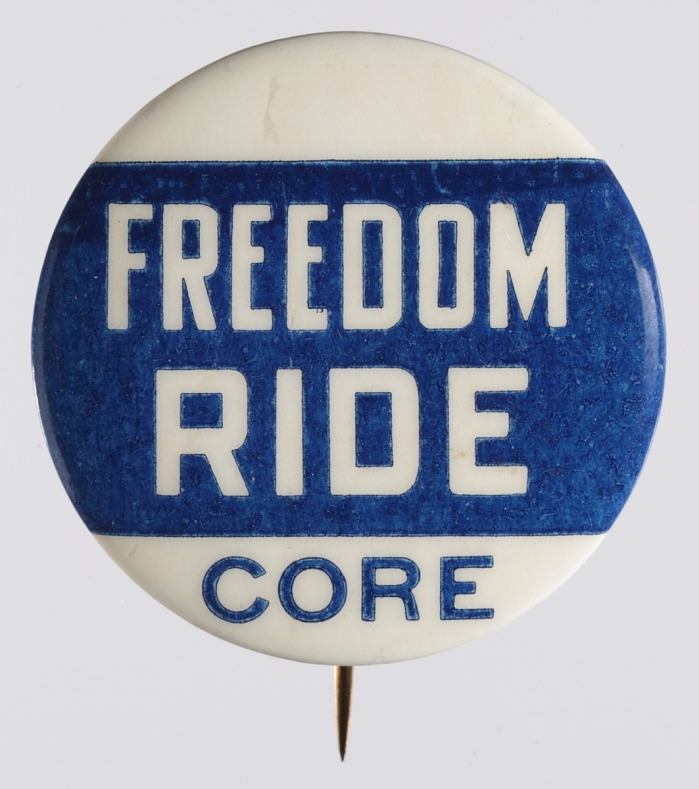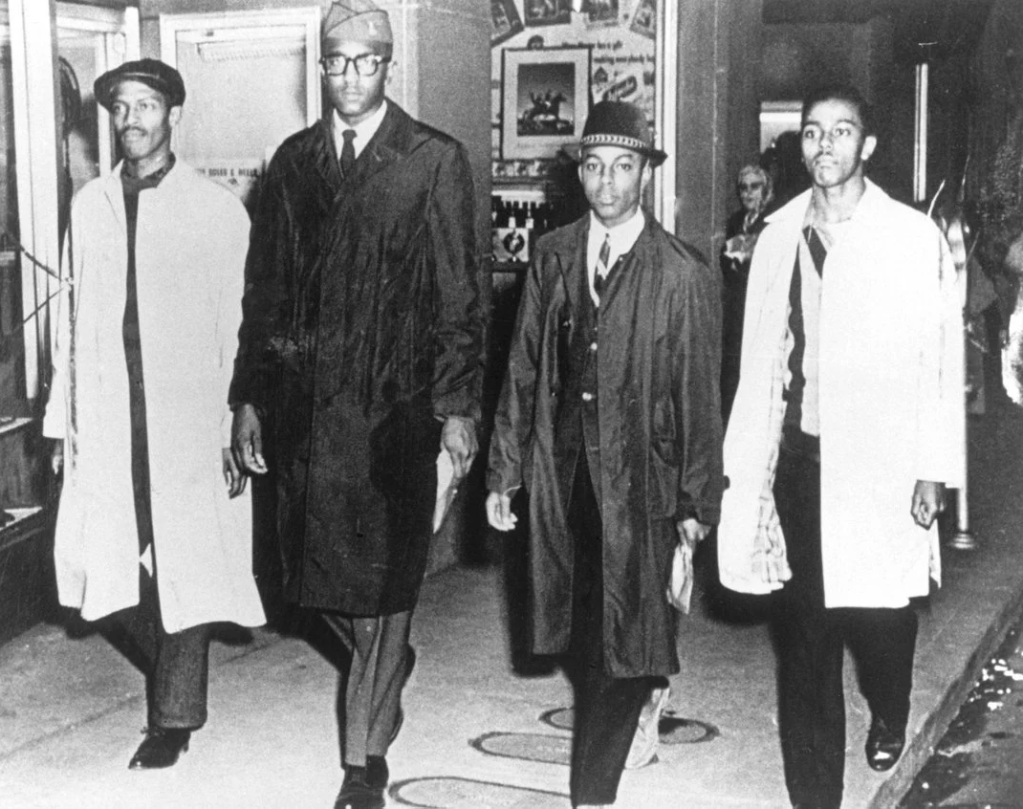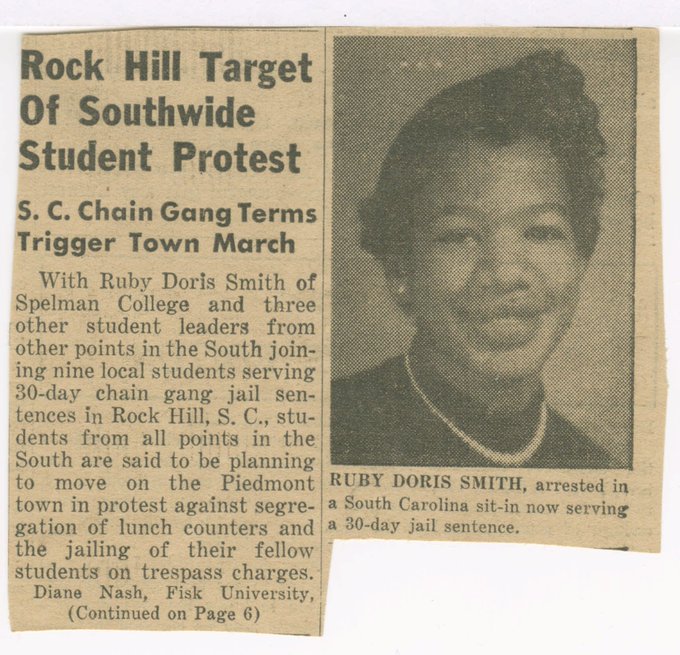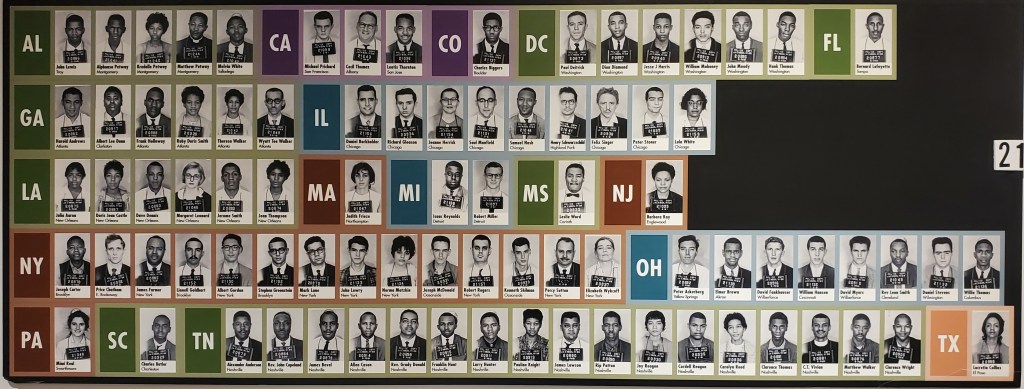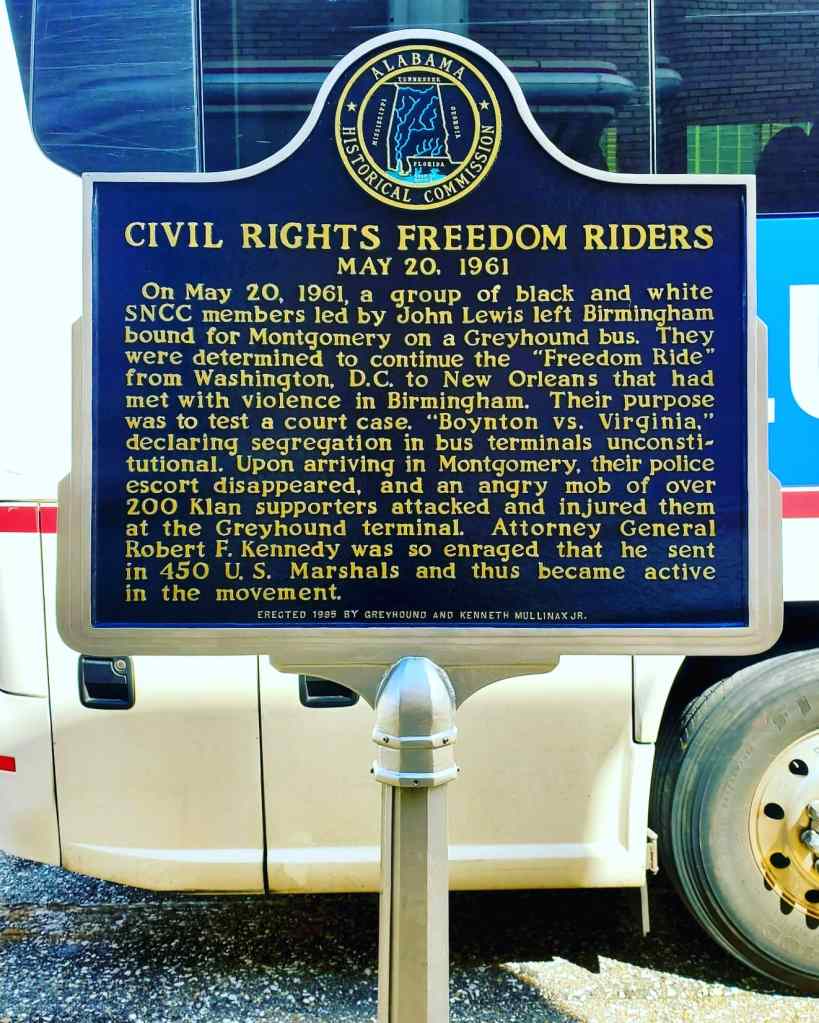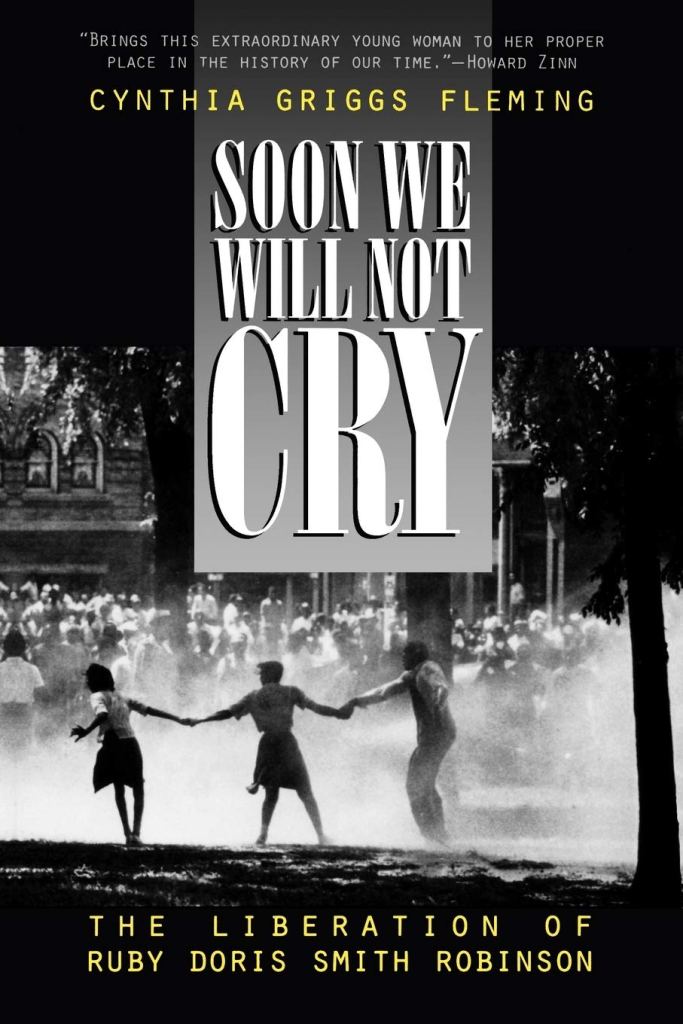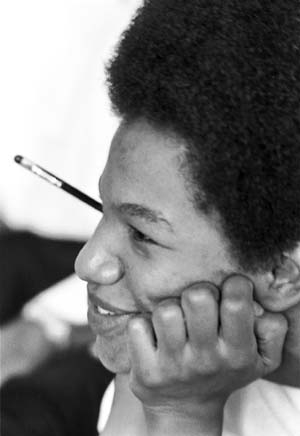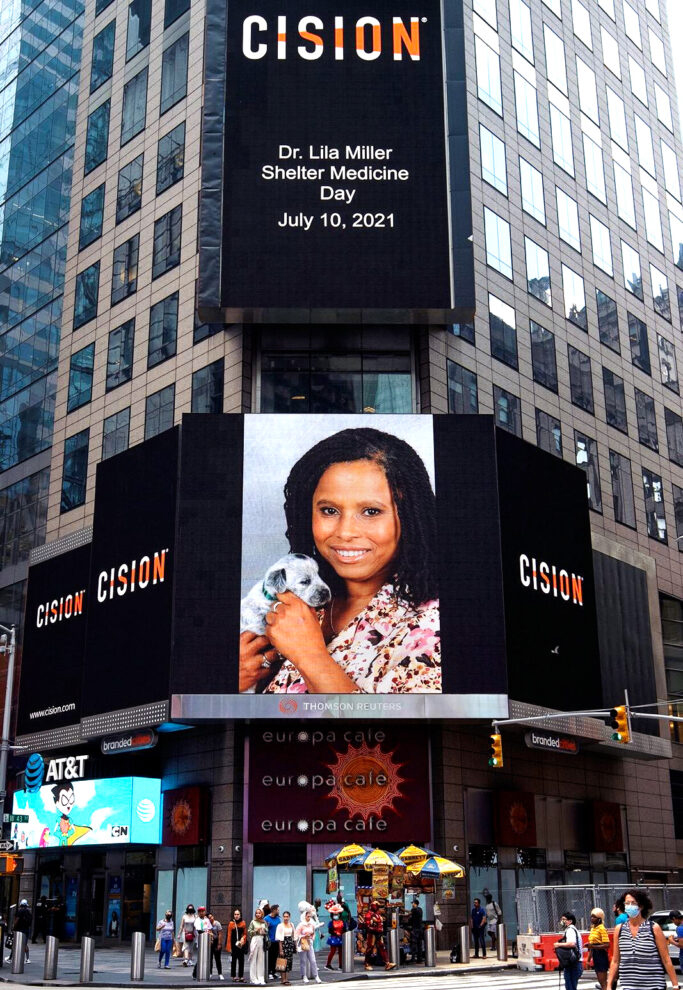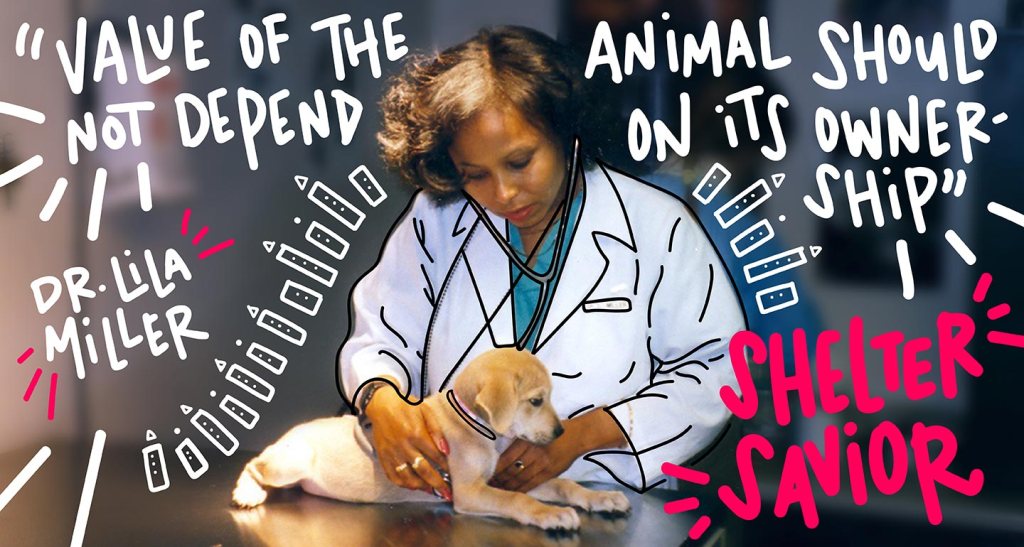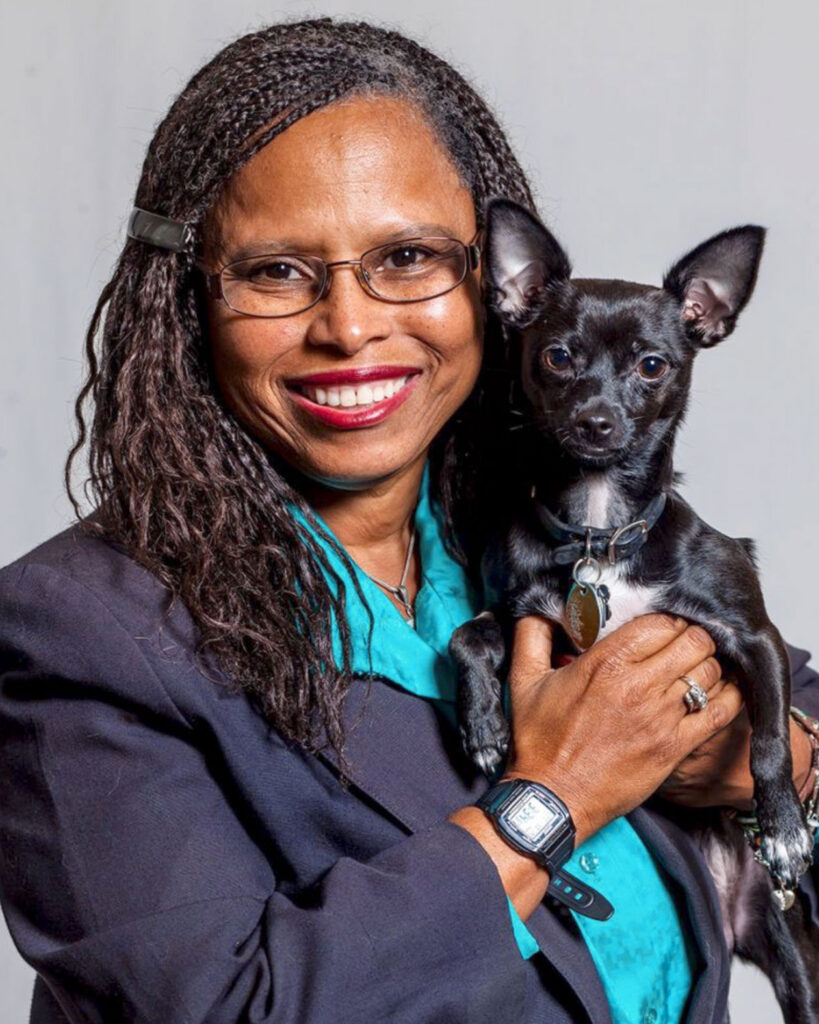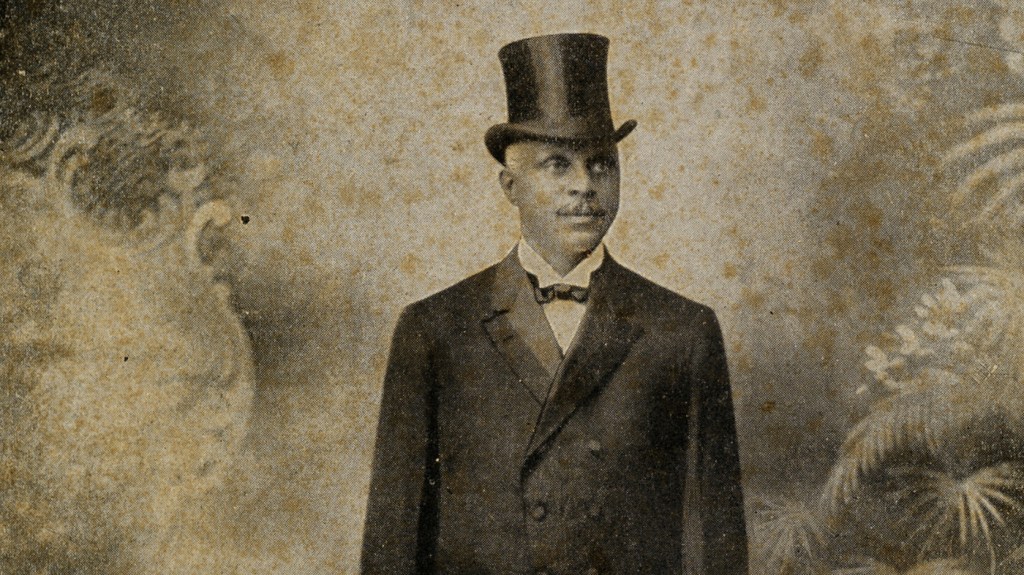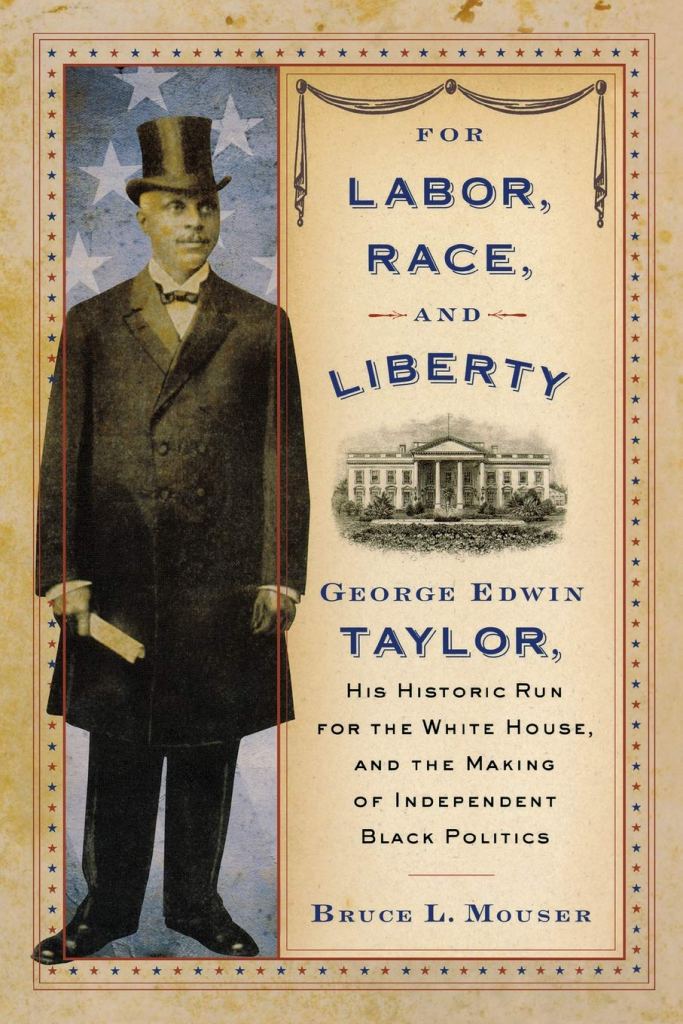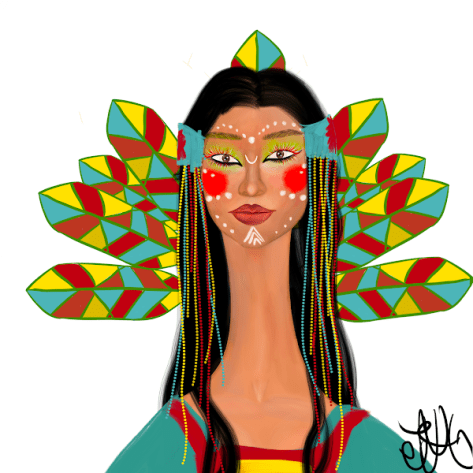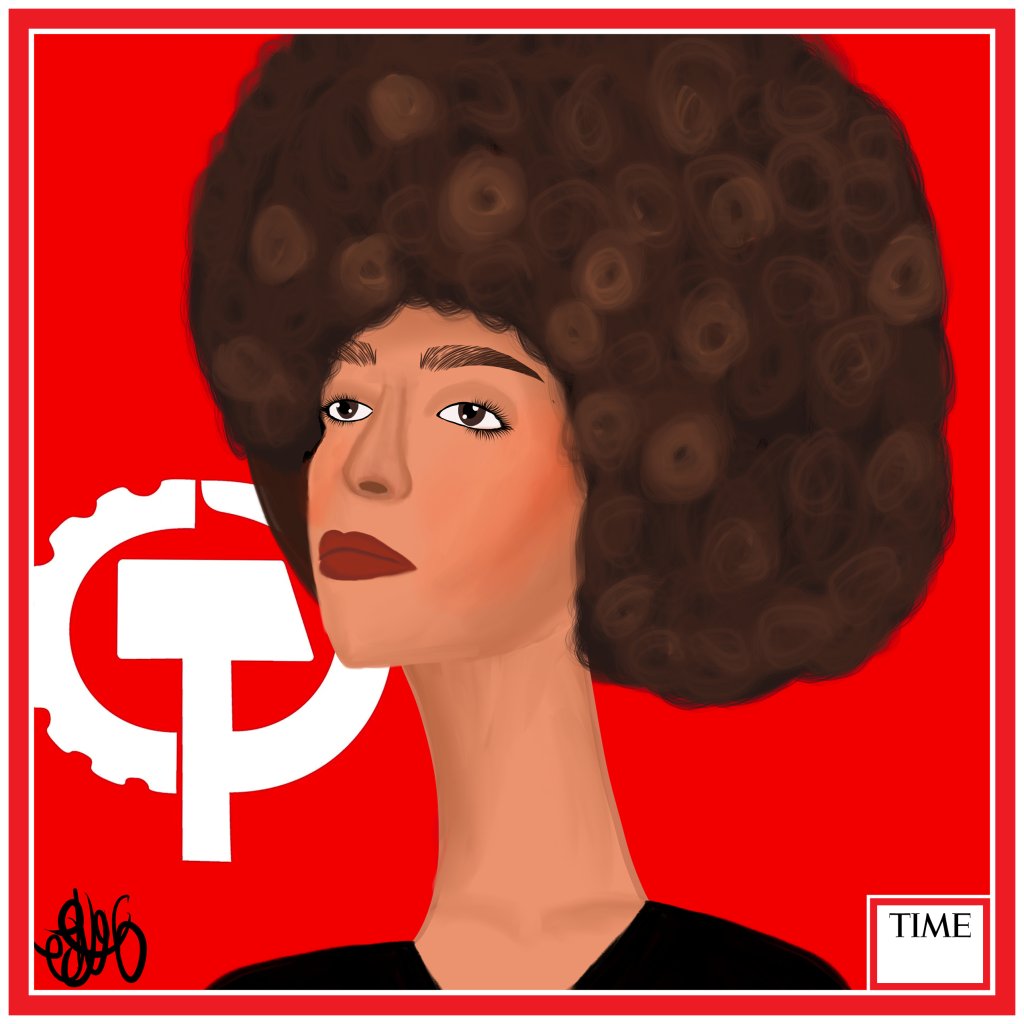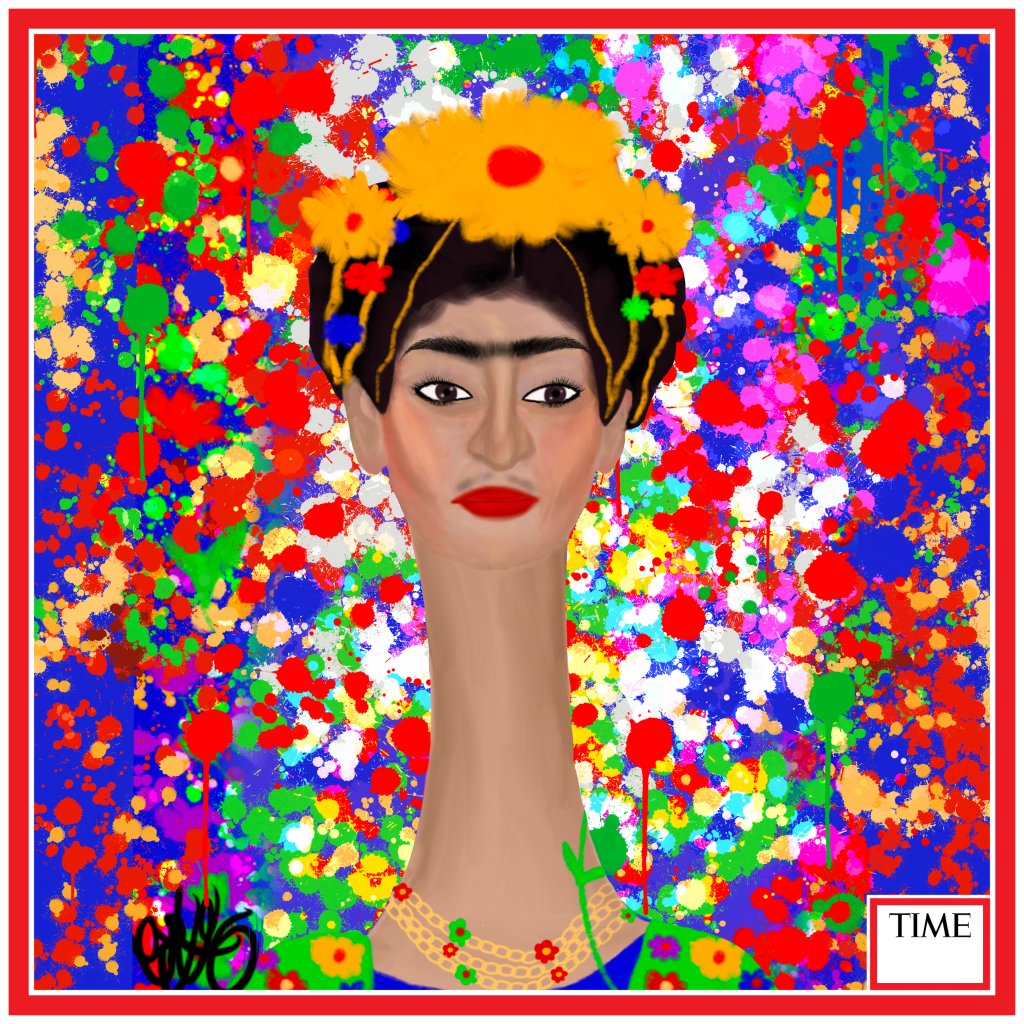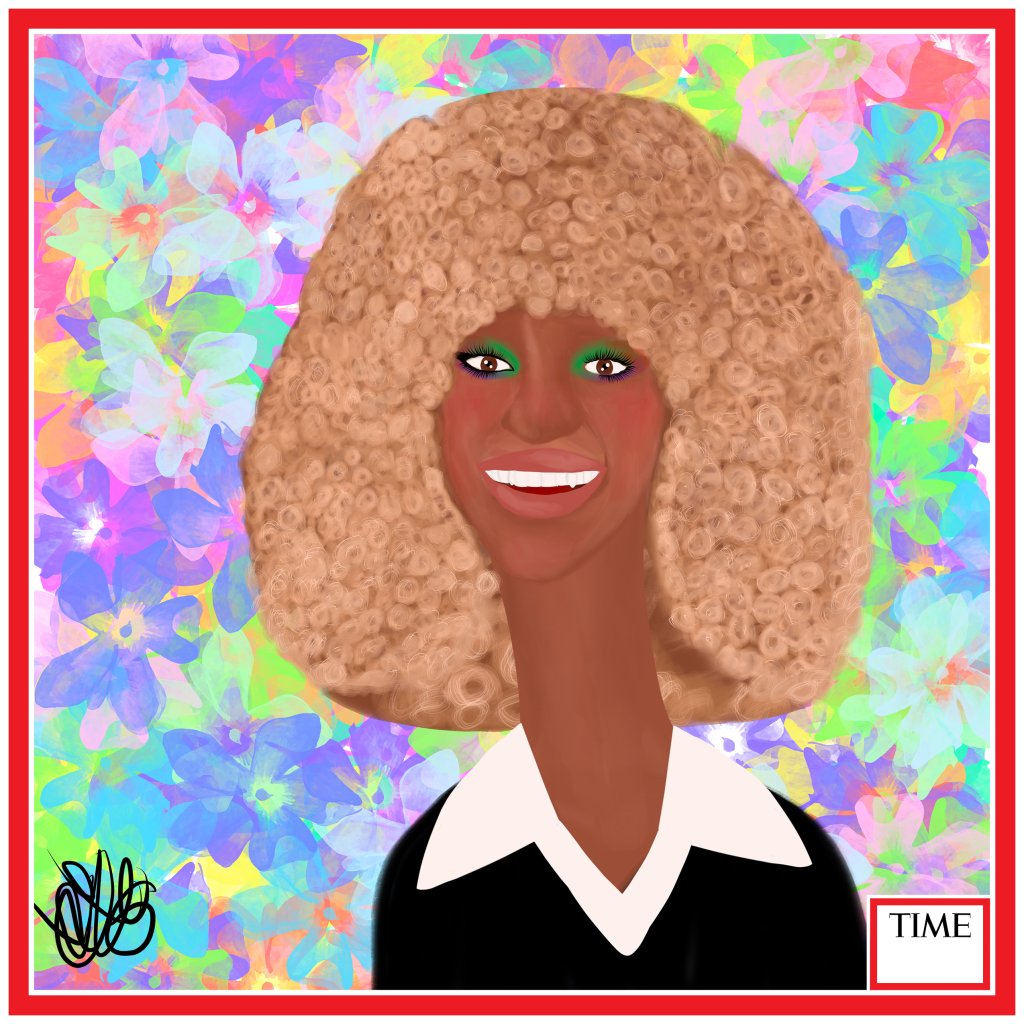Henrietta Wood’s fight for freedom is documented in federal dockets and case file archives.
Burned ruins bear witness to the Virgin Island Crucians’ final straw .
But the biggest slave revolt in United States history remains one of this country’s best kept secrets.
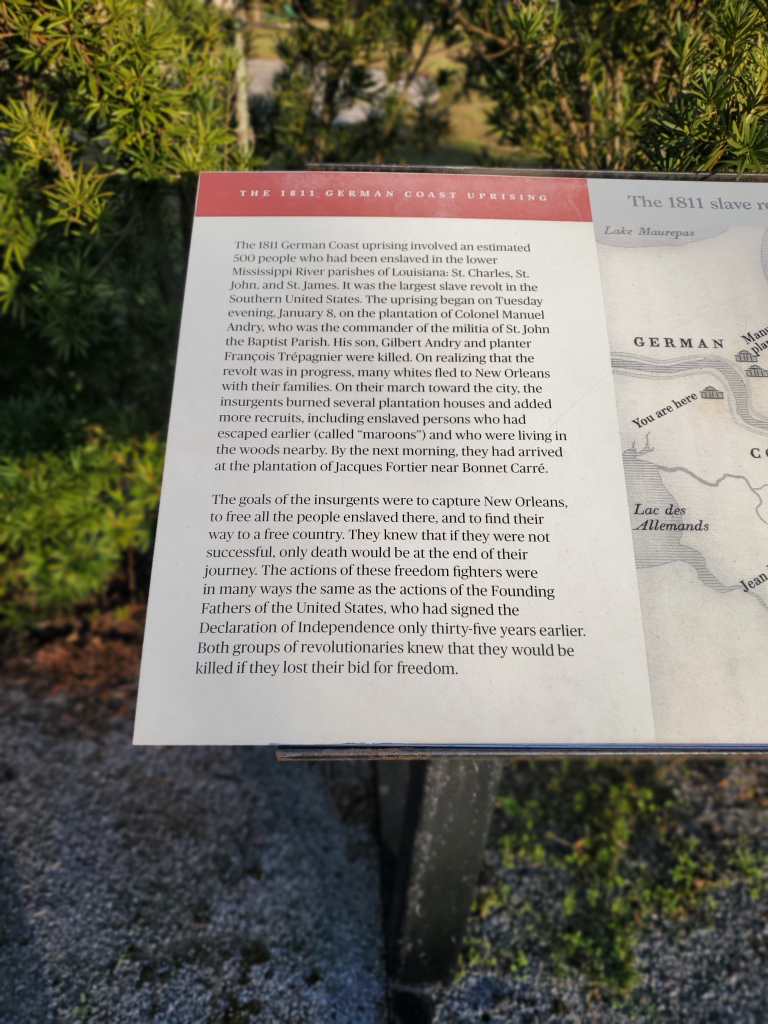
The French, Spanish, and British armed forces couldn’t defeat the Haitians, and when news of enslaved people taking back their freedom spread through the Caribbean, it became literal wildfire on islands like the Virgin Islands, Jamaica, Barbados, Grenada and many more.
In 1811, just 7 years after the Haitian Revolution, that wildfire spread north to the States. Much like those in the Caribbean, climate conditions in Louisiana favored sugar cane, a crop so brutal to harvest, that when slavery ended, laws essentially legally enslaving convicted criminals (many of whom weren’t real convicts, but victims of the Black Codes) were enacted to fill the gap, because even for pay, Black people wouldn’t do it.

It was far from the first or last time enslaved people would take their freedom into their own hands. American historian Herbert Aptheker defines a slave revolt “as an action involving 10 or more slaves, with ‘freedom as the apparent aim [and] contemporary references labeling the event as an uprising, plot, insurrection, or the equivalent of these’,” according to PBS. By those standards, there are at least 250 recorded “revolts and conspiracies in the history of American Negro slavery.”
The largest of them was formed by the 500 participants of the German Coast Uprising that marched on New Orleans on January 8, 1811.
The rural night was even darker than usual 30 miles west of the Crescent City in LaPlace, Louisiana, where thunderheads poured in from the Gulf. Lulled by the rain and a misplaced sense of security, Manuel and Gilbert, father and son masters of the Andry Plantation, slept soundly in the big house, utterly unaware of the forces descending upon them. Led by Charles Deslondes, around a dozen enslaved men stormed the mansion, cornering and killing young Gilbert. His father slipped their grasp, fleeing into the Louisiana swampland with nothing but his jammies and slim chances of survival. And anyway, the rebels’ strategy was sounder than they’d been given credit for. It wasn’t simply an assault on a single plantation – enslaved allies in New Orleans had conspired with Deslondes & Co. to wage their own assault in the city when their reinforcements arrived. From either direction, the Mississippi River Plantations and the New Orleans slave trade were to meet their doom.
From the Andry Plantation, Charles Deslondes and his rebels marched downriver, gaining numbers at each plantation they passed, and leaving fire in their wake. By the time the rebellion reached the outskirts of New Orleans, 5 plantations were in flames and nearly 500 enslaved men and women had joined the cause. Those numbers may well have changed the entire face of the American South if not for one fatal mistake: Master Andry had indeed survived swamp, only to alert his fellow plantation owners. The early warning was still too late for 3 of the 5 plantations that ultimately burned to the ground, but was ultimately sufficient for local militias, 30 Army soldiers, and 40 Navy sailors to respond en force. Armed with very few guns and mostly field tools, the rebels were no match for military strength. On January 11, 4 days after it had begun, the German Coast Uprising was finally suppressed.
A day later, Charles Deslondes was captured, identified as the rebel leader and sentenced to a brutal death, without any trial at all. According to a Navy officer, his slow execution began as he was “shot in one thigh & then the other, until they were both broken – then shot in the body and before he had expired was put into a bundle of straw and roasted!”
But his was only the first of many gruesome executions, designed to terrorize any enslaved person who might ever again consider violence against their captors. A jury of 5 slave owners sentenced almost all of the rebels to death by beheading, with each head mounted on a pike in a 60-mile long stretch between LaPlace and New Orleans, and beyond. Their bodies were hung from the New Orleans levees, rotting in full display. At individual plantations, the same sentences were carried out, with every enslaved member of each house forced to watch.

It was a psychological torture that effectively erased any trace of the uprising. While the legal proceedings were recorded, nothing else about the events of January 8-11 ever saw the light of day, and enslaved people wouldn’t even dare speak of it lest they be accused of conspiracy as well. But they didn’t forget. 50 years later, the children and grandchildren of the German Coast rebels joined forces with the Union Army, numbering among the 28,000 men (only around 5,000 of them white) who left Louisiana to fight against the Confederacy in the Civil War, once again – and this time, more successfully – shedding their ancestors’ blood for freedom.
February 2022’s American Blackstory began with Henrietta Wood’s case for freedom. It ends with a fight for it that while suppressed, couldn’t be extinguished.
Unquenchable fire is our past, present and future, so let this American Blackstory, among the many others that those who’d rewrite history have attempted bury, be a constant inspiration to keep burning bright.


KEEP GOING BLACK IN HISTORY:

The Smithsonian Magazine delves into “How a Nearly Successful Slave Revolt Was Intentionally Lost to History”

Trying to imagine what hundreds of enslaved people marching to New Orleans for their freedom might look like? See it in“Scenes From a Reenactment of a Slave Uprising”

The Whitney Plantation, just across the river from the Andry Plantation (now known as the Kid Ory House), has a series of resources available for those who’d like to learn more about the geographic & historic context of the revolt.

Louisiana’s river parishes are now doing their part to preserve the American history of the 1811 Revolt. Visit their official website documented the events here.

Daniel Rasmussen is an academic with the most extensive knowledge of the 1811 German Coast Uprisings, and you can read everything he’s compiled on the subject in “American Uprising: The Untold Story of America’s Largest Slave Revolt”
Browse NPR’s exclusive excerpt here.
Buy it from our friends at Black-owned Marcus Books.

